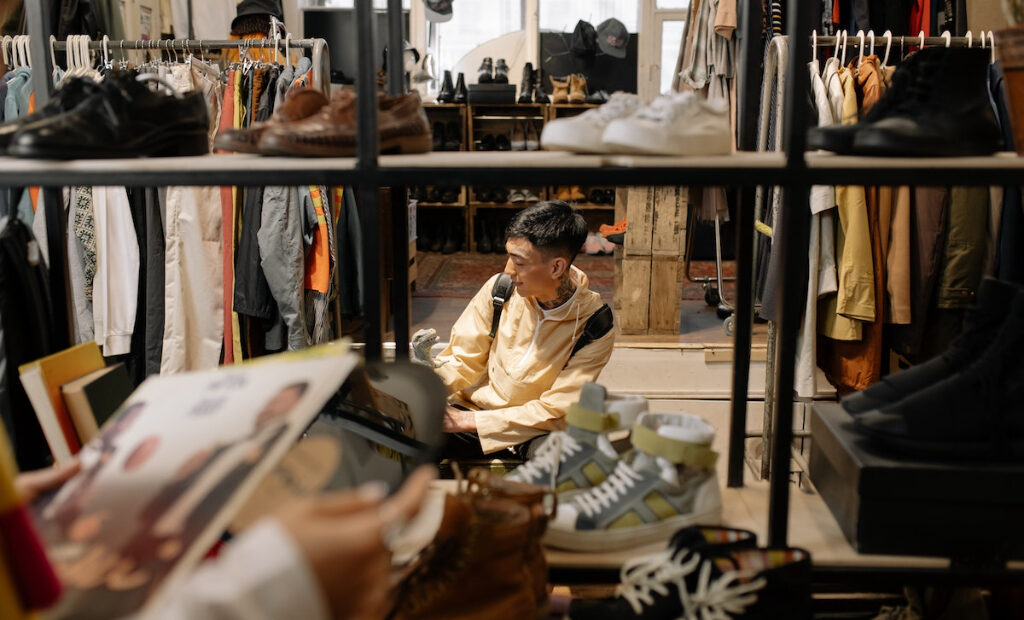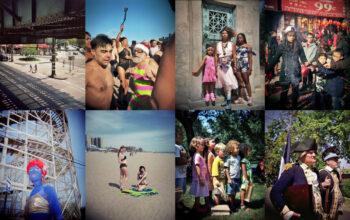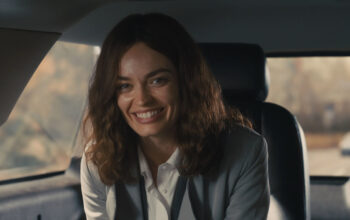Vintage entertainment: Resisting fast fashion

Considering how often trends enter and leave the public consciousness, it’s not always easy to define the word “vintage”. However, the human race is unanimous on the fact that pop culture and fashions from the 60s and 70s typify this term, that bold florals and drainpipe jeans are truly vintage. Mercifully, though, people are selective on what to bring back from the past, especially when it concerns entertainment consumed.
Classic games
Recorded entertainment has always suffered due to the march of progress, whether that’s because of more advanced technology or changing tastes. Physical entertainment is different, though. Board and table games seem to defy the passage of time, with the resurgence of classics in the 2010s serving as a good example of this endurance. The game had its heyday in the halcyon summers of the 60s and 70s but the availability of the internet and online versions of the game have brought it back into the present.
Expert Harrison Score points out: “The idea it’s a game for grannies is long gone. The younger generation’s penchant for nostalgia has widened the game’s potential player base, and online operators have utilised state of the art technology to take full advantage.”
This is evident just by looking at how many operators exist today online. WDW links to 130 different sites, a number that provides a useful indicator of just how popular the online game has become. Variations on the theme, like playing the game in a nightclub, are also recent innovations designed to mesh the classic game with today’s society. Furthermore, the player base skews towards a younger generation.
Charleston dancers
The modern twist keeps older trends fresh and this is true throughout all aspects of culture. Who would’ve thought that hiring Charleston dancers, lindy hoppers and tap performers would suddenly become a popular option for weddings in the second decade of the 21st century? Or that developers would deliberately design their video games to look like they were made for eight or 16-bit consoles like the Nintendo Entertainment System?
While nostalgia is one of the biggest drivers in the return of retro themes, accessibility and even market saturation play a part in bringing them back. In the 60s, disco and pop music might have been all a community had available to them. Today, there’s not even a need to get out of bed to access music from every genre and decade. The same goes for video games and movies. In a market where everything feels familiar, retro is brand new again.
Choice
Vintage trends can also be about resistance to “fast-fashion” and mass-produced goods, something that’s epitomised by the growth of Etsy and the popularity of handmade items over those created on a factory line. The idea of owning something unique or rare is appealing when only size or colour separates the items sold in modern clothes stores, for example. It seems that convenience and choice can breed contempt in consumers.
Overall, it’s perhaps fair to say that vintage themes keep coming back because people can choose to enjoy whatever they like, whether that’s a dress from the 80s or the latest blockbuster movie.
The editorial unit

























Facebook
Twitter
Instagram
YouTube
RSS